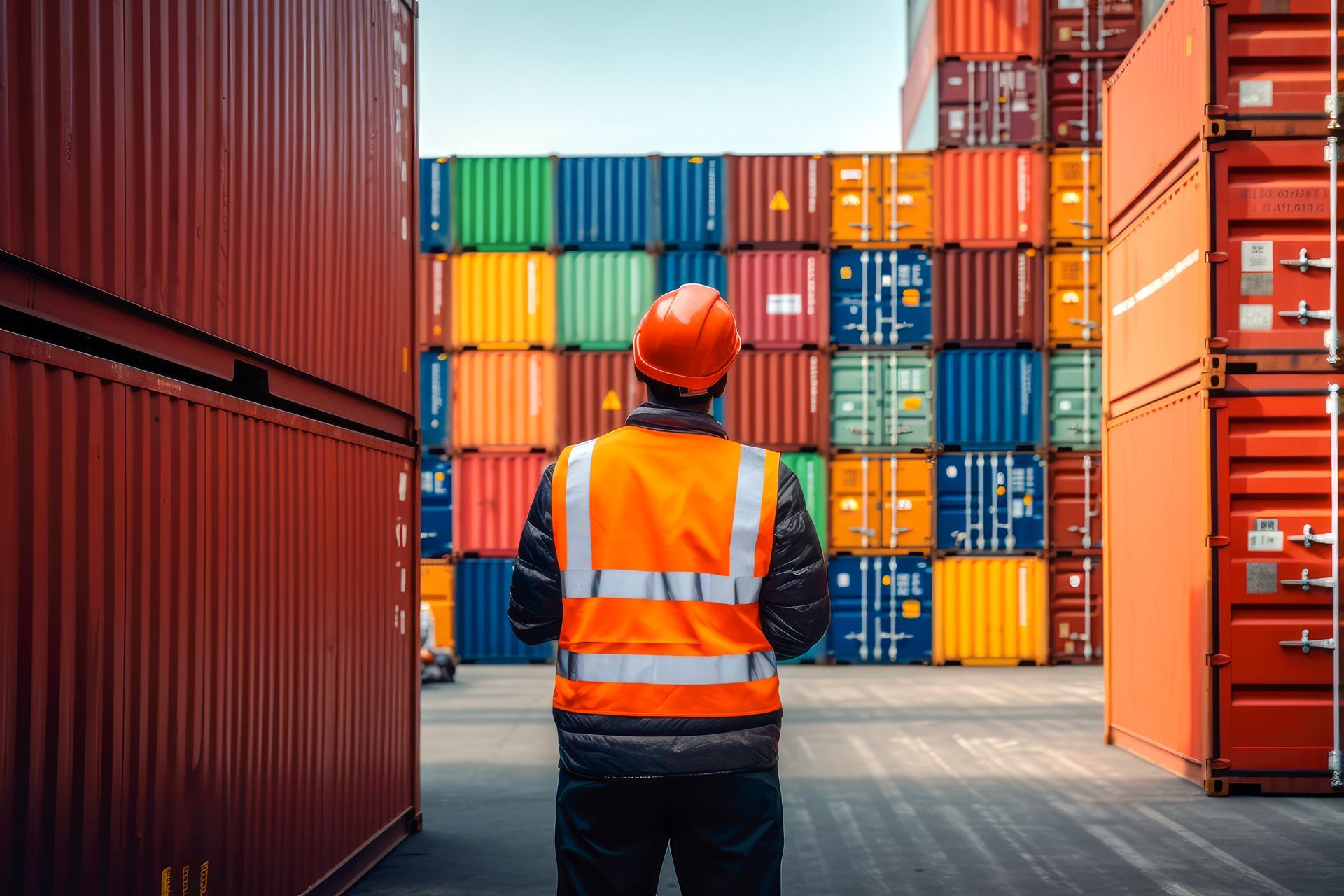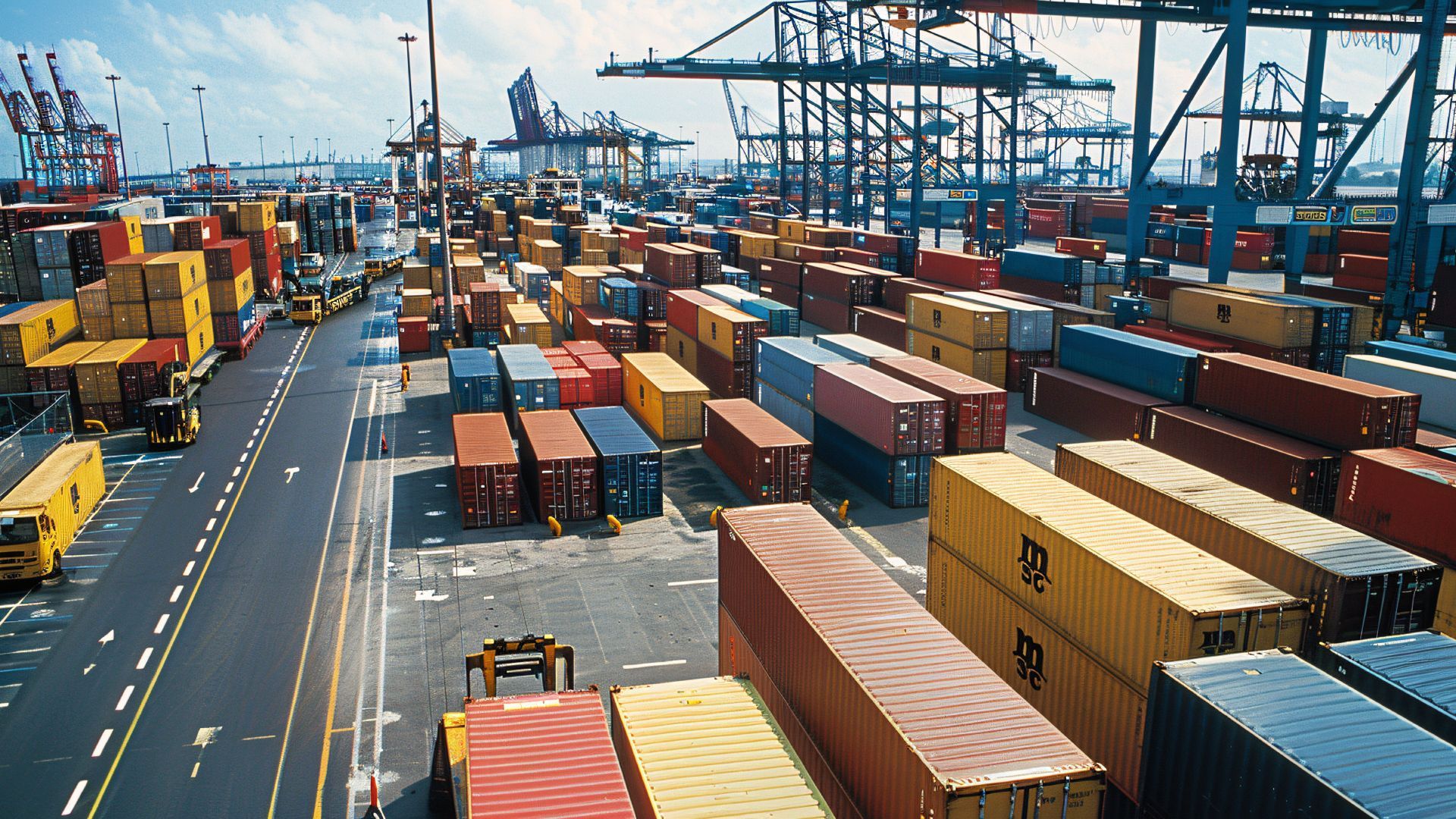See our related article:
Top Mistakes To Avoid When Buying a Shipping Container
Written by Susan Nalevac | February 28, 2023
Are you considering purchasing a shipping container but don’t know the first thing about them? Our guide on the top mistakes buyers should avoid when purchasing a shipping container can help. Continue reading to discover our best tips.
In This Article:
Mistakes To Avoid Before Purchasing a Shipping Container
Shipping container owners typically make the biggest mistakes before purchasing them. From the container type to its condition, there are many details buyers should consider before purchasing.
1. Picking the Wrong Type of Container
Those unfamiliar with shipping containers may not realize there are many options. The dry storage container is one that practically everyone is familiar with and uses.
Many individuals and companies use dry storage containers worldwide. The standard container is eight feet, 6 inches tall, eight feet wide, and either 20 or 40 feet long (20 feet being the most common). These containers feature one set of doors on one end and are the most popular type. However, the number of doors a container has isn’t the only feature buyers must consider.
Which Container Type is Right for My Needs?
When buyers are considering used storage containers, deciding which is right for them largely depends on its intended use. A dry storage container will likely be suitable if the buyer will use it predominantly for shipping or storage.
However, as previously mentioned, there are many types of containers one can choose from, such as:
- Flat-rack
- Open-top
- Open-sided
- Double doors on both ends
- High cube
- Half-height
- And more
We encourage buyers to consider their intended use for the container before purchasing the shape and size they will need. Check out our Shipping Container Buying Guide for more info.
2. Only Considering New Containers
When making a significant investment, purchasing new is typically better to ensure a container’s quality and longevity. While a new container is capable of lasting longer, there are also many advantages of used containers that buyers should consider.
Used containers are more affordable than new units, and because containers are so durable, they can last for decades with sufficient maintenance. It’s not uncommon for a container to spend 15 years on a shipping line before being retired and spending another 20-50 years on dry land. Those who want to save money without compromising quality should highly consider purchasing a used container.
3. Purchasing a Modified Container from a Private Party
You can purchase many shipping containers from private sellers instead of wholesalers. There can be some advantages to buying a used, modified shipping container from a private party, but buyers should be wary.
Shipping container wholesalers are experts. They know how to maintain them and will give you accurate descriptions of each container’s condition. Reports of a container’s condition from a private seller may be unreliable, as any modifications the container receives are often low-quality. Those planning to modify a shipping container should buy from a reputable wholesaler with professional fabrication services.
4. Not Inspecting the Container
A new container that’s only been on one trip is less risky to buy, but they are also more expensive. Used containers may have crossed the globe for over a decade and so are inherently riskier, but they are more affordable and easier to come by.
Container Management, Inc. offers all of its customers an independent, licensed, third-party surveyor service. For an add-on fee, the surveyor will conduct a thorough inspection and provide a written report. This inspection and report can offer peace of mind to buyers.
Mistakes to Avoid After Purchasing a Shipping Container
There are many mistakes that container owners must avoid after buying a shipping container. Those that have never owned a container should familiarize themselves with the ins and outs of its maintenance.
1. Not Preparing a Foundation
One of the most crucial considerations for container owners is where to put their container and its foundation. The appeal of containers and their versatility is that they can survive anywhere, but only with the right support.
Place your shipping container on flat, steady, dry, and, ideally, elevated ground to avoid flooding. Suppose you accidentally place a container on uneven dirt or grass. In that case, water can get underneath, causing significant corrosion. Ensure you place your container on an elevated, flat concrete surface or similarly sturdy foundation to keep it safe and dry.
2. Neglecting Maintenance
While shipping containers are exceptionally durable and capable of withstanding harsh weather, they’re not invulnerable and require regular maintenance and protection.
Moisture is a common container maintenance concern—keeping it out and away from your container to avoid rust and mold. If the container is in a particularly humid environment, install climate-controlled equipment, such as a dehumidifier, to ensure the interior stays dry.
3. Installing the Wrong Insulation Material
Installing insulation is one of the most common modifications an owner will make to their shipping container. Whether they use the container as a business location, home, or storage facility, installing insulation makes the interior more comfortable and habitable.
But there is no one-size-fits-all approach to insulation, and owners must consider the container’s size, environment, and use when selecting the insulating material. Spray-foam insulation, Styrofoam, and insulation panels are common choices for containers, as are sustainable recycled materials such as cork, newspaper, and wool.
Pro Tip: A growing trend in container homes is the green roof—installing soil, grass, and vegetation on the roof as a natural insulation that keeps the interior warm and moisture off the roof.
4. Putting Too Much Weight on the Roof
Another factor that owners want to be wary of when modifying their containers is how much weight they put on the roof. While you can stack containers to create more space, their structural integrity comes from their corners.
The middle of a container’s roof is not as durable and, therefore, less capable of holding weight. When making modifications or adding to the roof, keep the weight on the corners and less on the roof to avoid any damage.
Conclusion
Now that you know what to avoid, you can confidently shop for and purchase your container. Container Management Inc. has many new shipping containers for sale in Columbus, OH, and other locations nationwide.
Contact our staff to find the shipping container that is ideal for you.

About Us
Container Management, Inc. is a multi-generational family-owned and -operated container Wholesaler, founded in 1993 to serve our customers with exemplary customer service and competitive wholesale pricing.
Offices
Corporate Office
8500 E. 116th St. Suite 607
Fishers, IN 46038
Branch Office
Naples, FL 34114
Branch Office
Black Mountain, NC 28711
All Rights Reserved | Container Management, Inc.





